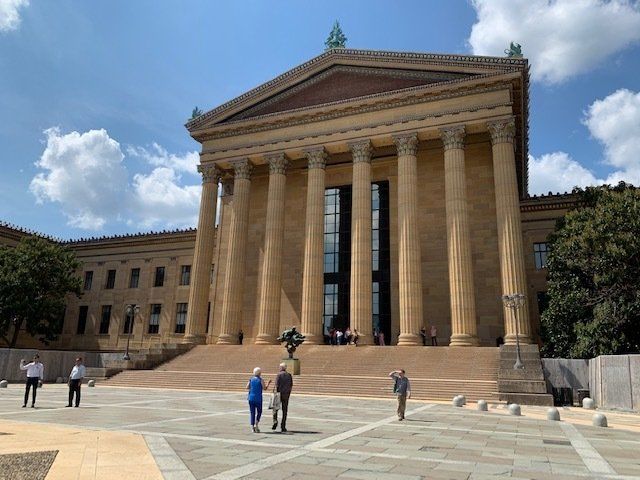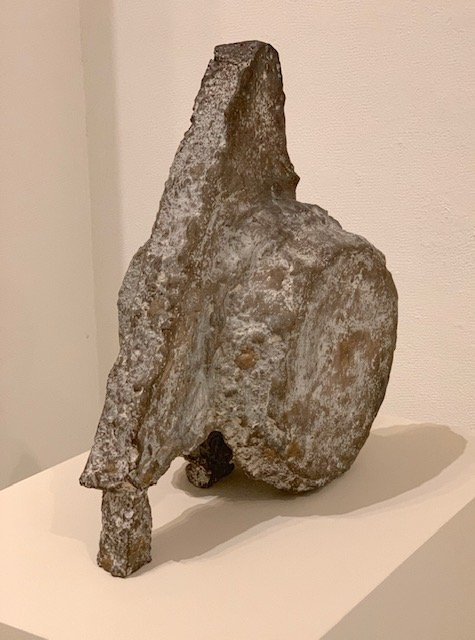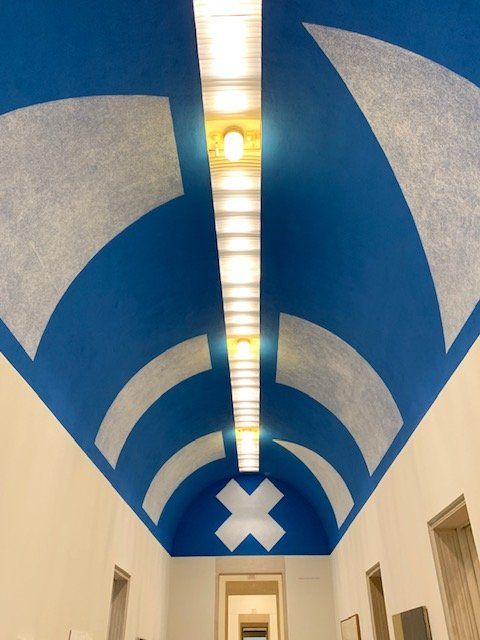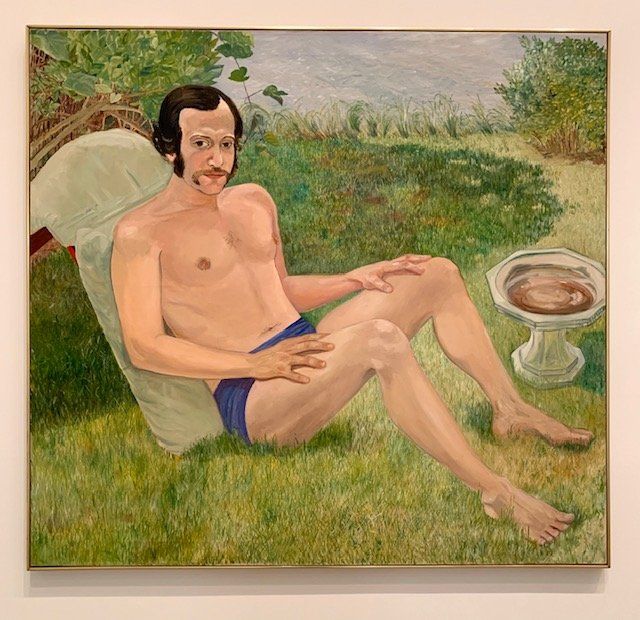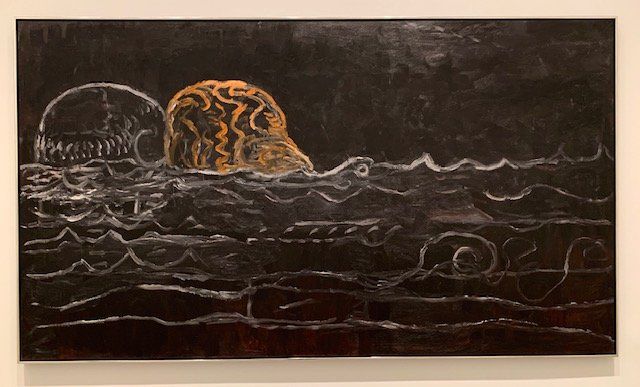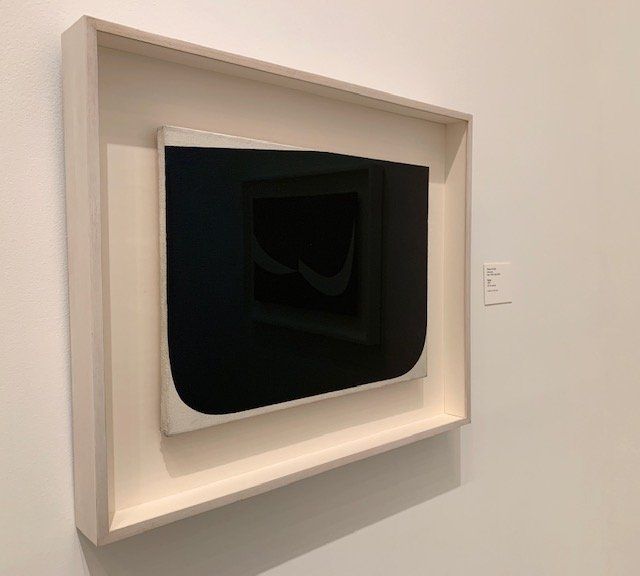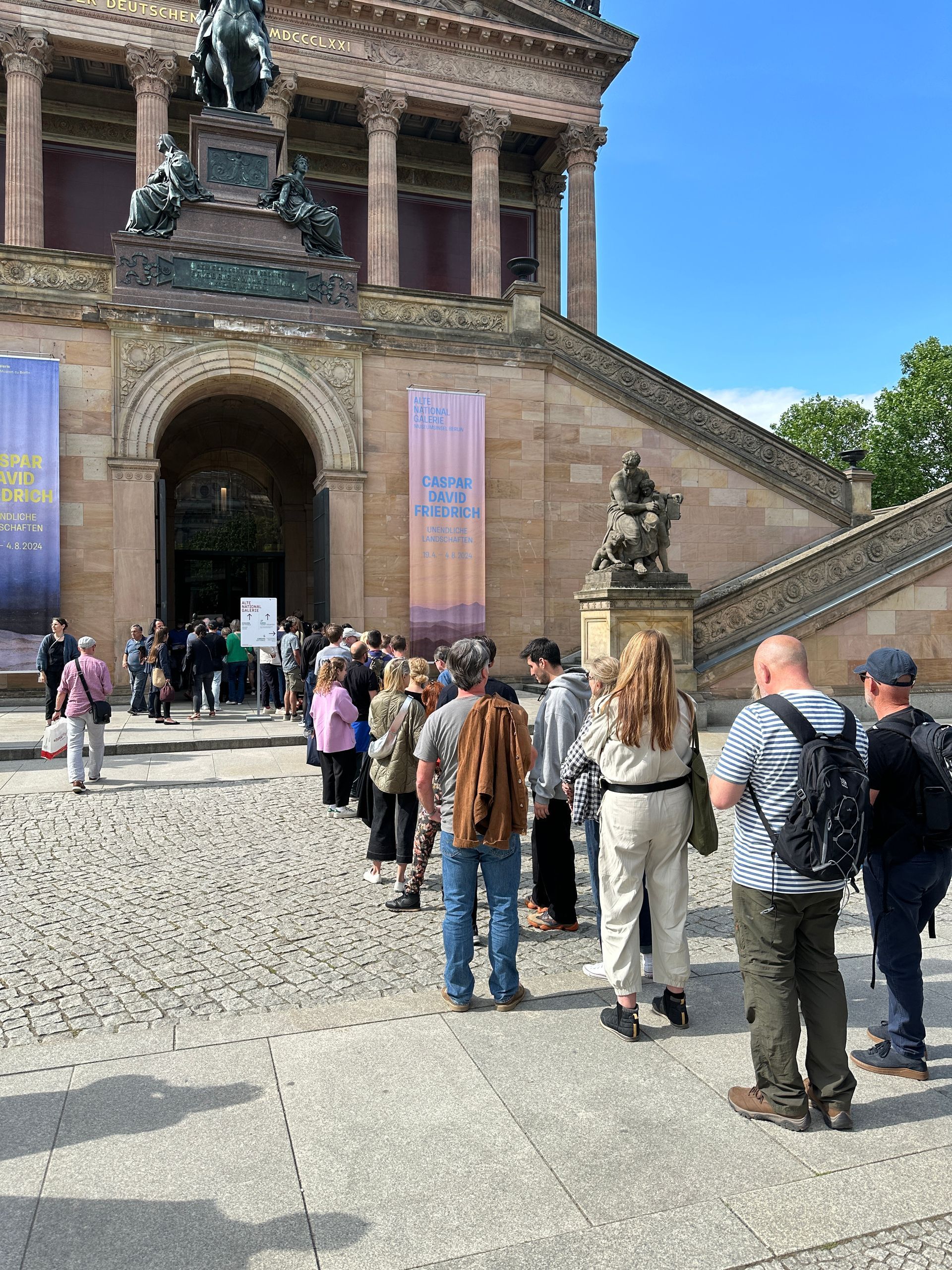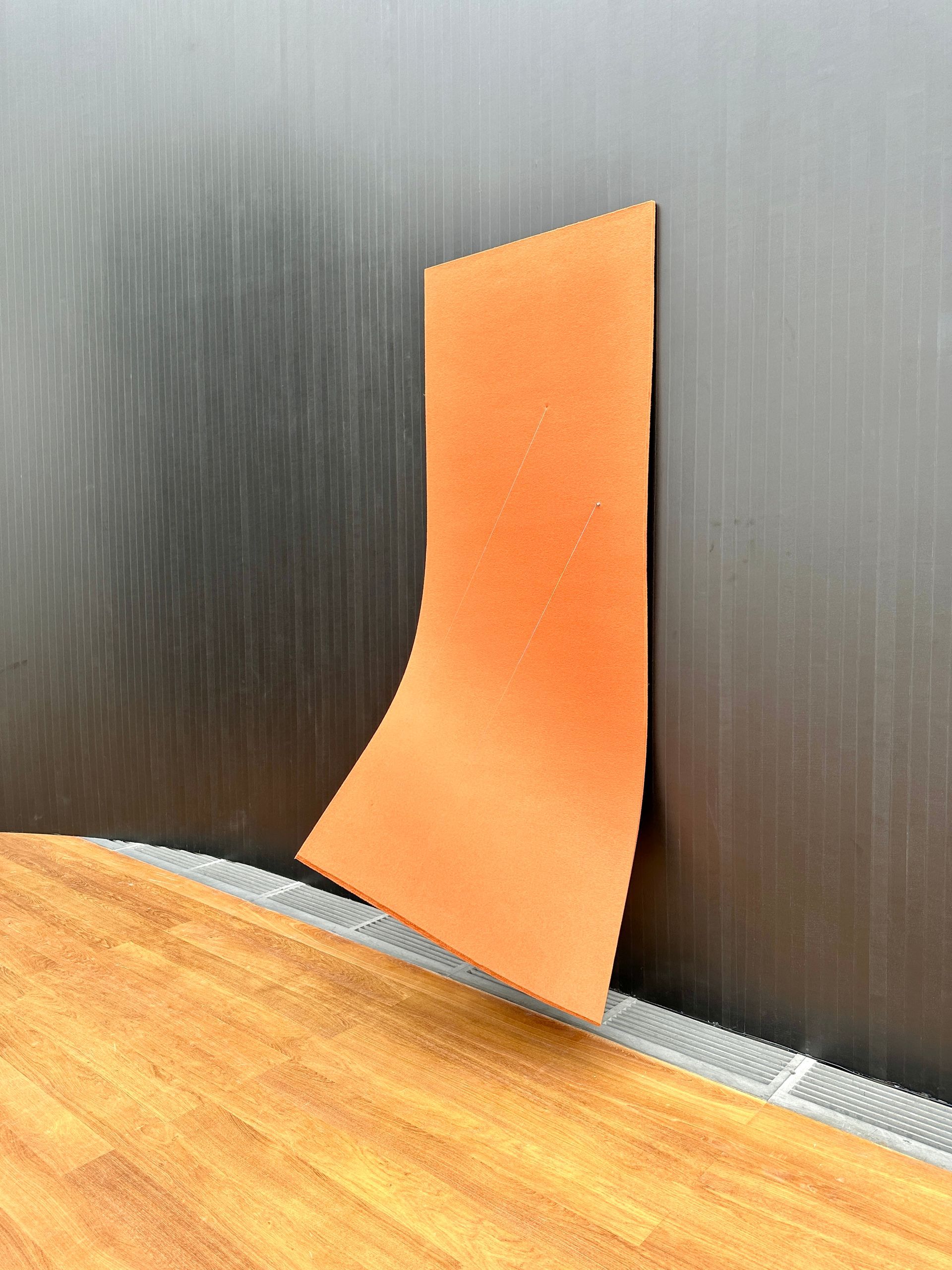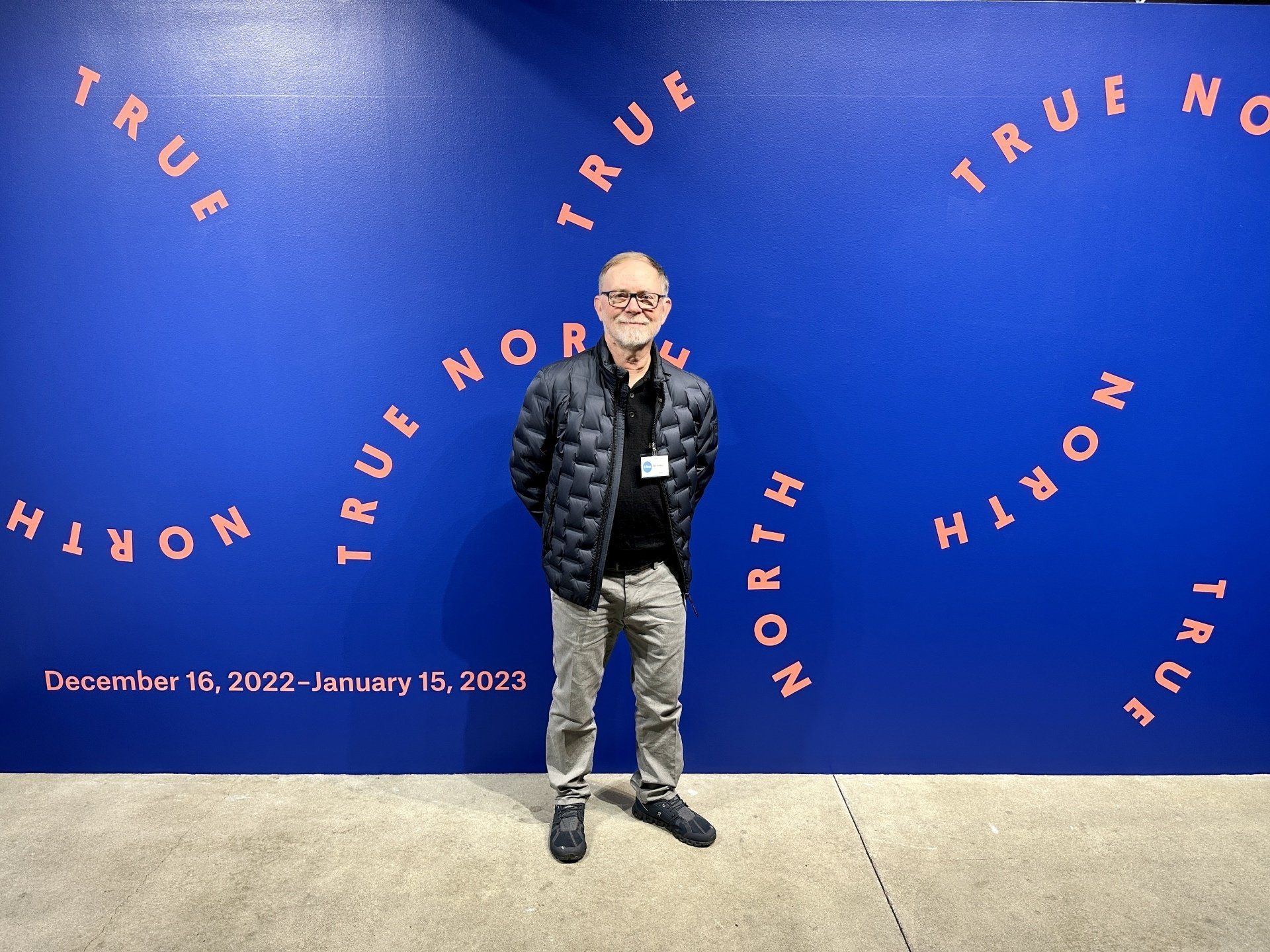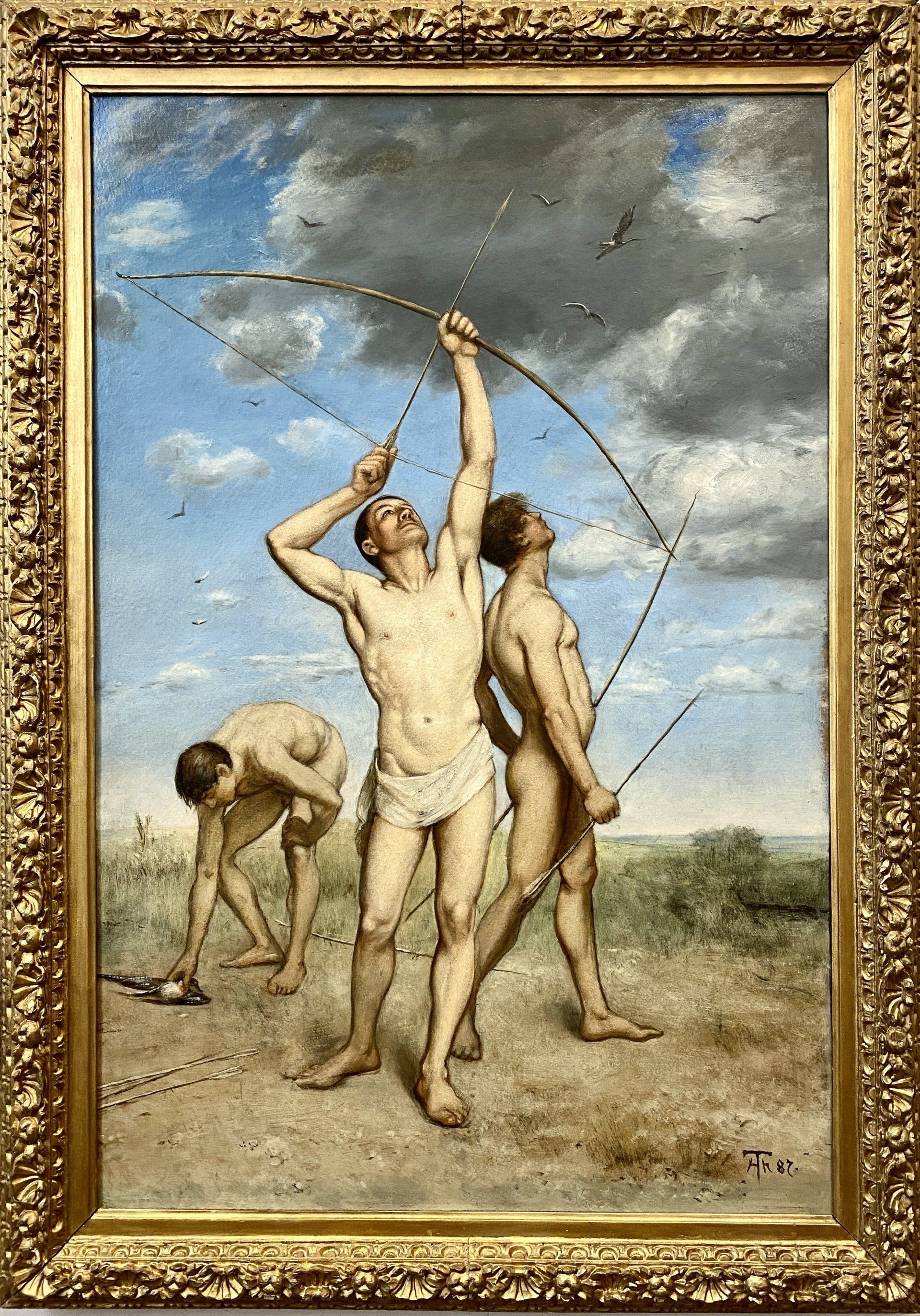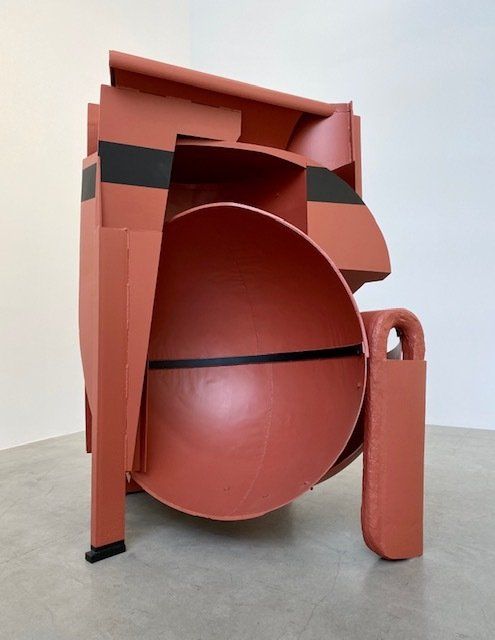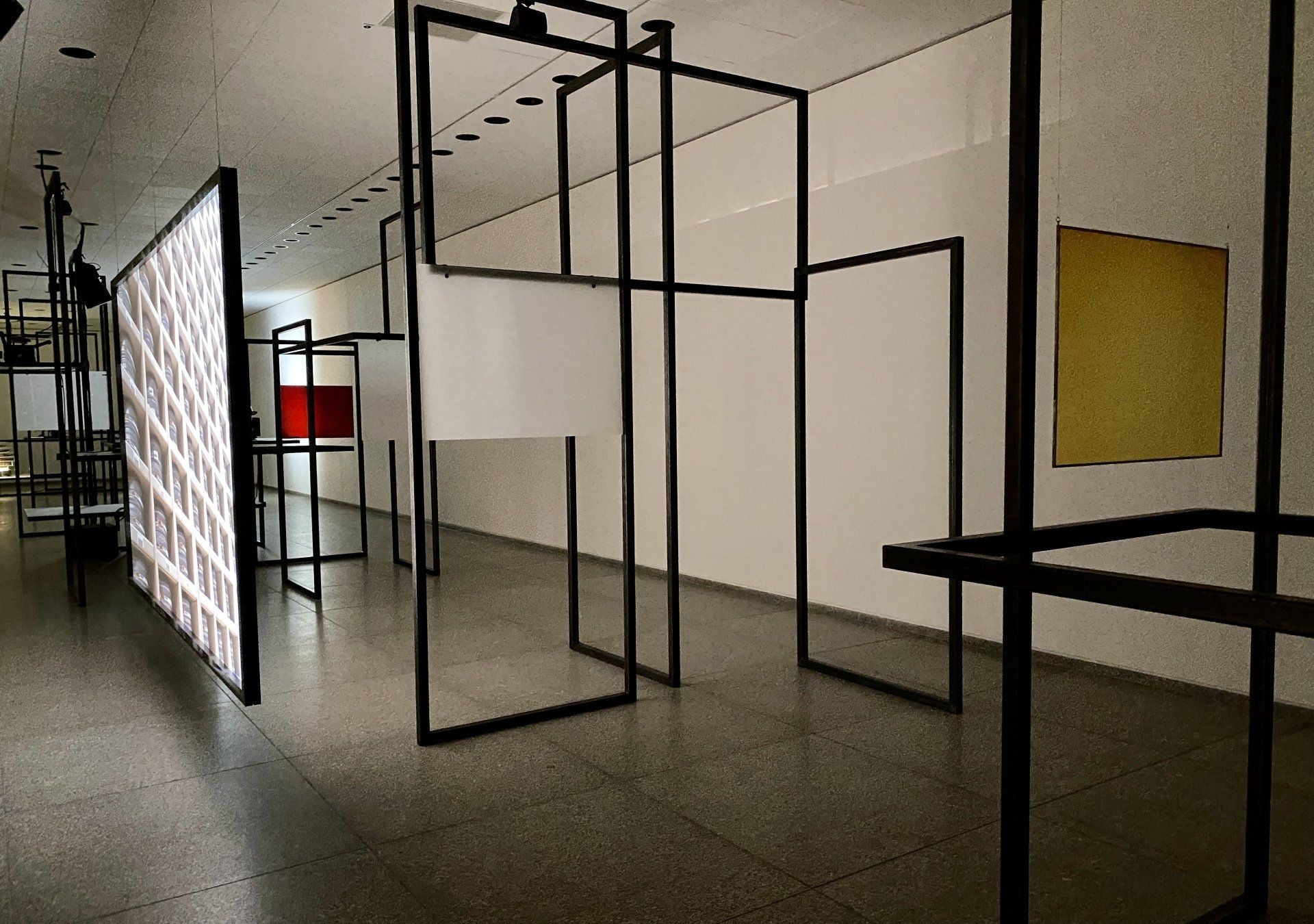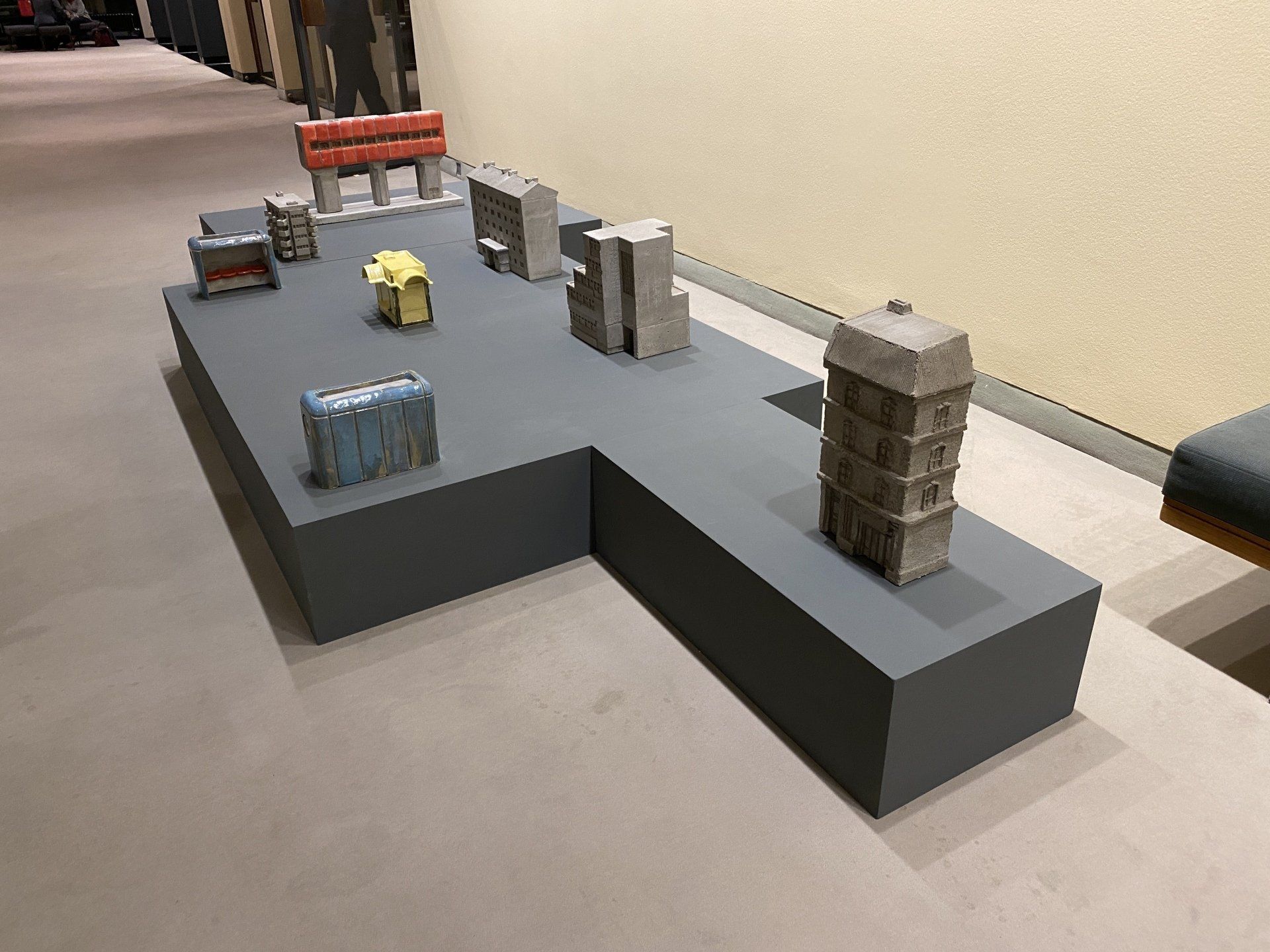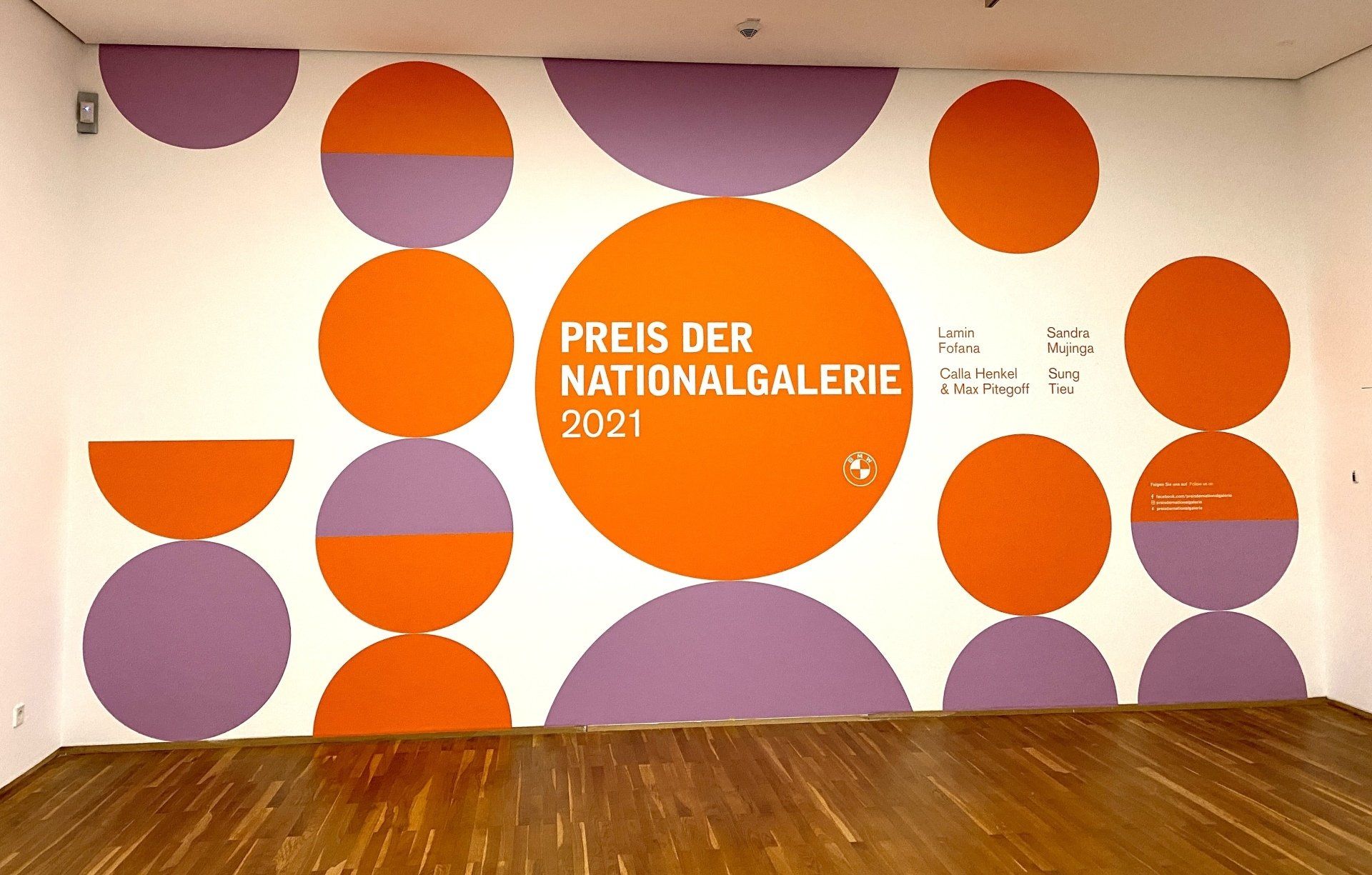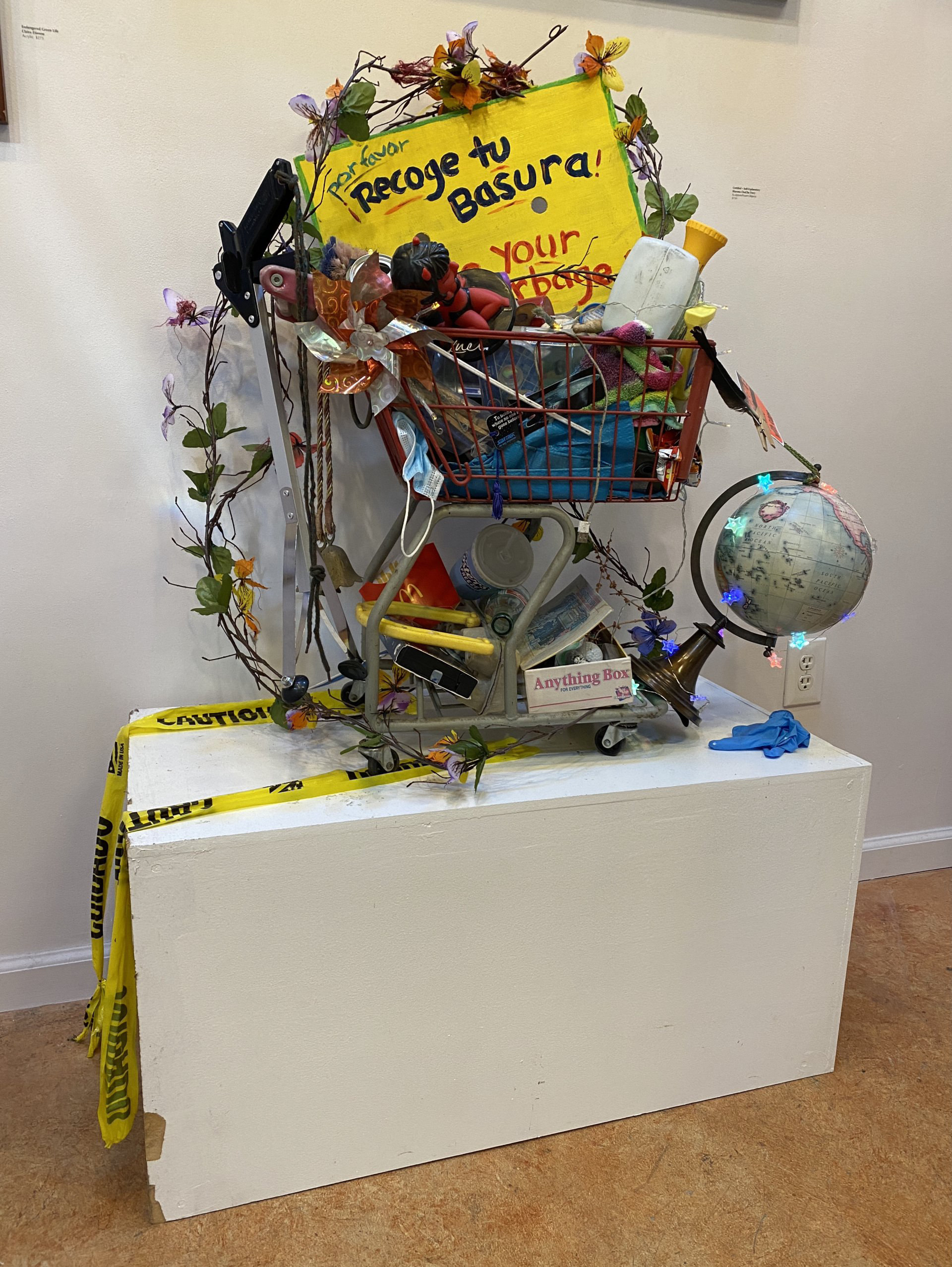Blog Post
Philadelphia Museum holds treasury of contemporary American art
Even with much of the building boarded up for renovation, the Philadelphia Museum of Art would challenge the stamina of any museum goer. Sylvester Stallone made the museum steps famous in Rocky (1976), and although I didn’t do the movie victory run, there is an exhilarating feeling when you reach the top of the steps, turn around to view the Philadelphia skyline and finally walk into the museum.
Although there is art from all over the world at The Philadelphia Art Museum, I’m highlighting here some of my favorite contemporary American masterpieces that I saw.
The body content of your post goes here. To edit this text, click on it and delete this default text and start typing your own or paste your own from a different source.
Although there is art from all over the world at The Philadelphia Art Museum, I’m highlighting here some of my favorite contemporary American masterpieces that I saw.
The body content of your post goes here. To edit this text, click on it and delete this default text and start typing your own or paste your own from a different source.
Untitled, Cy Twombly, 1979, bronze
Although known primarily as a painter, Twombly utilized other forms throughout his career. This bronze casting resembles an archeological find from an unknown era. Even though the piece is a sculpture, it has painterly qualities, adding visual interest. The visual weight of the piece lend a utilitarian look. Is it a plow or an instrument of war? Both options contradict its role as an art object. I love this piece!
On a Blue Ceiling, Eight Geometric Figures: Circle, Trapezoid, Parallelogram, Rectangle, Square, Triangle, Right Triangle, X (Wall Drawing No. 351), Sol LeWitt, 1981, chalk and latex paint on plaster
As normal for conceptual artist Sol LeWitt, he provided a written description of this piece – which in this case is the same as the title - to the museum. LeWitt also specified how many coats and what brand of paint to use, but left the specific interpretation of the description and the execution of the wall drawing to others. The museum purchased “the idea” for the piece and owns the right to erase it at any time. The drawing/painting has a lightness and stillness that imbues the museum hallway with a feeling of reassurance, optimism and calm.
As normal for conceptual artist Sol LeWitt, he provided a written description of this piece – which in this case is the same as the title - to the museum. LeWitt also specified how many coats and what brand of paint to use, but left the specific interpretation of the description and the execution of the wall drawing to others. The museum purchased “the idea” for the piece and owns the right to erase it at any time. The drawing/painting has a lightness and stillness that imbues the museum hallway with a feeling of reassurance, optimism and calm.
Painting with Two Balls, Jasper Johns, 1960, encaustic and collage on canvas with objects
There were several Jasper Johns pieces that I wanted to include in this blog entry, but I picked this one, because I’d never seen a picture of it before, and because I thought it was funny. This painting – a painting that takes on a sculptural presence – comes at you from a number of directions. Johns is pushing against masculine privilege by actually giving his painting literal balls, and in so doing is implying that paintings without balls are just fine, too – of course! In other words, the masculine viewpoint is not the only vantage point from which to measure the validity of a piece of art. He is also pushing back on homophobia in a “pre-homophobia” time. Gay people weren’t even counted or seen in 1960. The fear and dread of homosexuality was so extreme that heterosexual men who were talented enough to pursue a career in painting or sculpture, felt compelled to deliver overly macho work, as a way of branding themselves as unquestionably straight. This is a great painting where expressionist brushstrokes and the beginnings of new voice in painting exist on the same canvas. Truly a thought-provoking and rich piece.
Pastoral: Ira Joel Haber, Sylvia Sleigh, 1975, oil on canvas
In this full-body portrait the figure seems awkward, unsure, and uncomfortable with being looked at by the artist and presumed future viewers of the painting. Even though he is wearing a swimsuit, the model appears very naked in this almost-impressionist setting. The painting alludes to Renoir’s many naked women bathing in the outdoors. Sleigh has turned the tables here and substitutes a male for the expected female – and in so doing, illustrates the male dominance woven into western art. The weird lawn chair and the distorted bird bath add to the awkwardness of the scene, and add a surreal touch.
In this full-body portrait the figure seems awkward, unsure, and uncomfortable with being looked at by the artist and presumed future viewers of the painting. Even though he is wearing a swimsuit, the model appears very naked in this almost-impressionist setting. The painting alludes to Renoir’s many naked women bathing in the outdoors. Sleigh has turned the tables here and substitutes a male for the expected female – and in so doing, illustrates the male dominance woven into western art. The weird lawn chair and the distorted bird bath add to the awkwardness of the scene, and add a surreal touch.
The Night, Philip Guston, 1977, oil on canvas
A skull or baseball (?) is being towed by some kind of life form or brain (?) on a dark night at sea – Philip Guston always brings up more questions than answers, but does so with immediacy and direct, in-your-face painting. If this is a self-portrait, or even a portrait of the viewer, it could be a depiction of our true self (the unconscious) being towed towards an unknown destination by our public or known self. Above is the night sky, vastly larger than can be grasped, and below is the dark sea, concealing an alien world of swirling life. Guston’s child-like drawing style is applied to this sophisticated commentary to great effect. I always feel Guston makes us look at what we’d like to forget, reminding of what we already know and what we don’t know yet. In this way, he’s a prophet.
A skull or baseball (?) is being towed by some kind of life form or brain (?) on a dark night at sea – Philip Guston always brings up more questions than answers, but does so with immediacy and direct, in-your-face painting. If this is a self-portrait, or even a portrait of the viewer, it could be a depiction of our true self (the unconscious) being towed towards an unknown destination by our public or known self. Above is the night sky, vastly larger than can be grasped, and below is the dark sea, concealing an alien world of swirling life. Guston’s child-like drawing style is applied to this sophisticated commentary to great effect. I always feel Guston makes us look at what we’d like to forget, reminding of what we already know and what we don’t know yet. In this way, he’s a prophet.
Barge, Ellsworth Kelly, 1955, oil on canvas
Ellsworth Kelly moved to New York the year before completing this painting. Inspired by Arp, Brancusi and Mondrian, Kelly used natural forms and grids to structure his early paintings. The black shape almost completely takes over the picture plane, but still acknowleges authority to the traditional rectangular boundary. Movement is implied as the “barge” prow pushes toward the top of the picture. The minimalistic purity of the piece is its main accomplishment. Soon after 1955, Kelly took his ideas to a larger scale; however, even though this painting is small, it has a monumental quality.
Ellsworth Kelly moved to New York the year before completing this painting. Inspired by Arp, Brancusi and Mondrian, Kelly used natural forms and grids to structure his early paintings. The black shape almost completely takes over the picture plane, but still acknowleges authority to the traditional rectangular boundary. Movement is implied as the “barge” prow pushes toward the top of the picture. The minimalistic purity of the piece is its main accomplishment. Soon after 1955, Kelly took his ideas to a larger scale; however, even though this painting is small, it has a monumental quality.
Foxtail, Nick Cave, 1995, metal, wood, synthetic hair, found objects, twine, nails
This piece combines religion and sexuality. Cave has used humble materials to fashion a fetish-like object that is mounted, passively on the wall. I’m left with the feeling that to really “see” the piece, you would need to take it from the wall and use it as part of a dance or in a ritual of some kind.
This piece combines religion and sexuality. Cave has used humble materials to fashion a fetish-like object that is mounted, passively on the wall. I’m left with the feeling that to really “see” the piece, you would need to take it from the wall and use it as part of a dance or in a ritual of some kind.
Share
Tweet
Share
Mail

